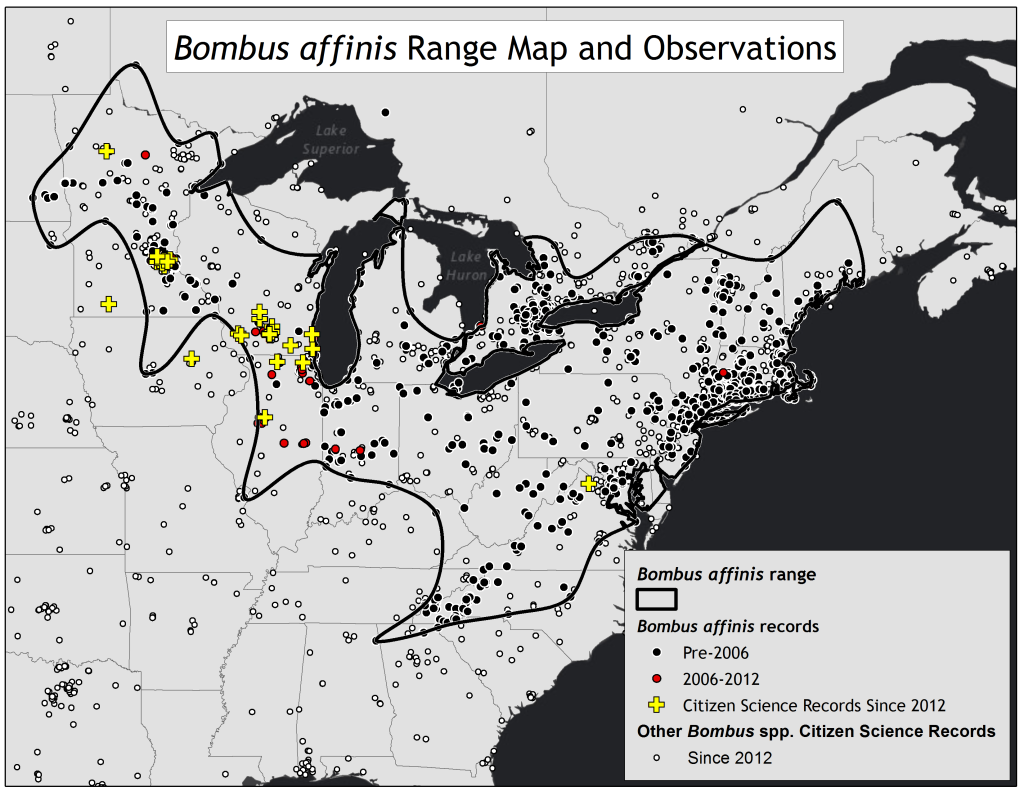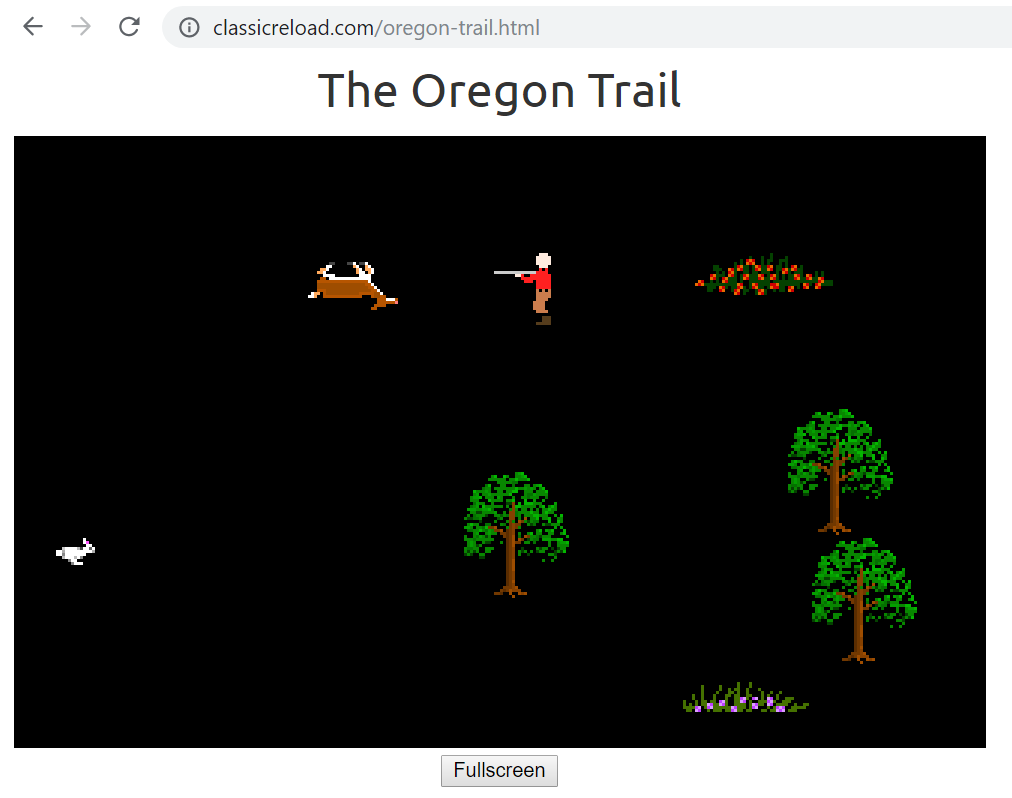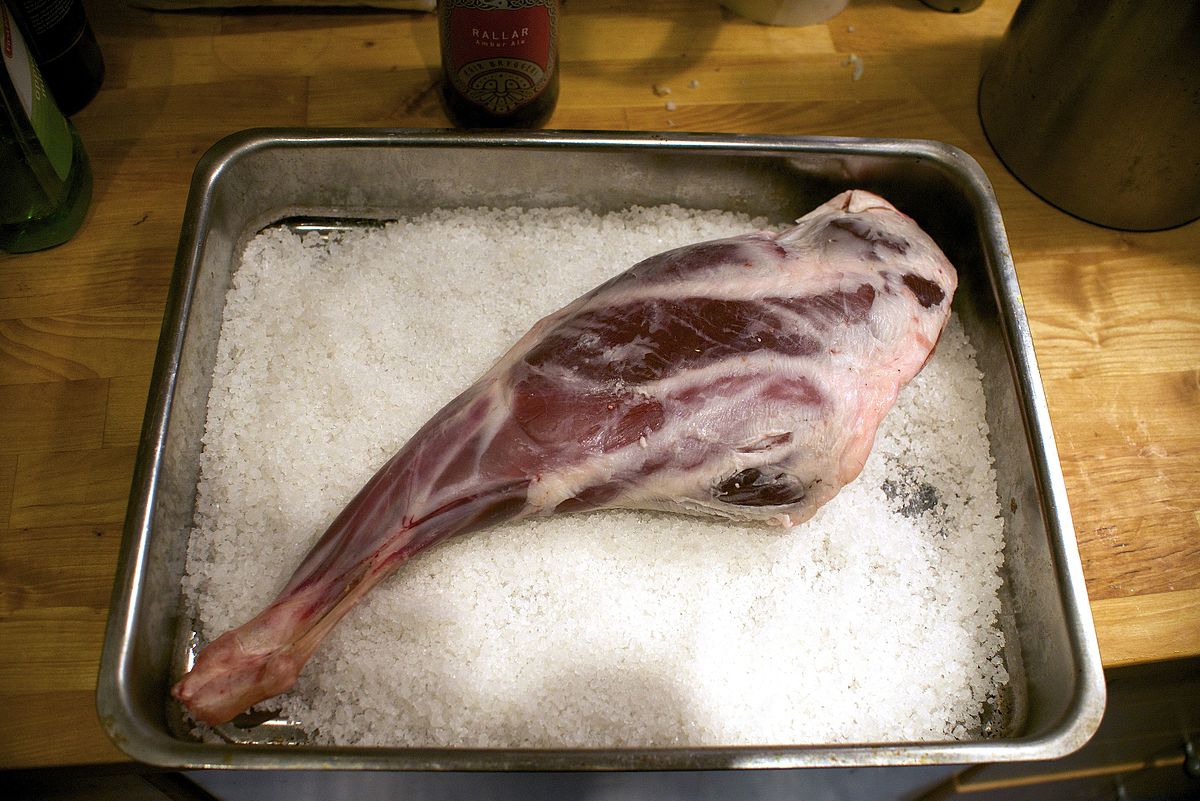The Local Wild is moving! Please read this same article on deadwood and environmentally-friendly firewood gathering practices at http://www.mountainowlink.com/post/dangling-deadwood-dangerous-firewood
A few years ago I toured George Washington’s Mount Vernon while on a vacation to our nation’s capital. The grounds and buildings of Mount Vernon were spectacular, as was the history of the place. But what stuck with me? Oddly enough, it was something the tour guide mentioned about our first president’s logging practices: Washington ordered that the grounds be cleared of fallen wood before any tree cutting be done. This gave the property a cleaner appearance, saved effort from felling live trees (which also require drying, aka seasoning, before burning), and also encouraged healthy trees to grow bigger while also clearing the earth below for walking, riding, hunting, and working.
Firewood was needed for heating and cooking in Washington’s day and, though I’d always envisioned cutting healthy, live trees as a necessary evil, hearing the tour guide’s spiel on the former President’s wood-gathering practices gave me a sigh of relief. I’d not before considered collecting deadwood on a large scale as an option. Wasn’t that only a chore for children, to gather dried sticks as kindling and to clear paths? Apparently not!
Wood has been used to heat homes since the days of cave-dwelling Neanderthals. George Washington lived at Mount Vernon until his death in 1799—well before the widespread use of coal around 1885—so trees had to be used intelligently lest they be overused and none were left for the next season’s heating needs.[i] (Washington did have at least one coal burning stove grate, a “cutting edge” heating technology of the time, used from about 1780-1796.)
Today, wood burning is still a primary heating source, especially in rural areas. A wood fuel survey sponsored by MN DNR taken for the winter of 2014-2015 concluded that “45 percent of wood burned was burned for primary heat.”[ii] But how to collect wood that also improves our woodlands and maintains our trees? The answer was in Washington’s orders: Use already dead or downed trees and branches.
It takes up to a year to fully season freshly cut wood for burning, so cutting live trees is best done in late spring or early summer. But Pioneer-types and arborists claim dead, standing trees make the best firewood,[1] and it’s more convenient! Gathering firewood from downed or dead trees can be done any time of year.
In my mind, autumn is not only the best time to gather firewood for heating, but it’s also the best time to check trees for deadwood because (1) the snow isn’t yet in the way, (2) consistent subzero temperatures haven’t taken hold yet to make the task all the more dangerous, and (3) leaves are mostly if not completely fallen, giving firewood scavengers clear sight of any dangerous (and thoroughly dry!) lumber dangling overhead. And with one cord of wood costing anywhere from $100-$200 and it taking upwards of 3 cords to heat a home through the winter season, gathering firewood prepped by Mother Nature in our local wild is one way to also gather in the savings.
Looking around my own property this fall, I’m reminded of Mr. Washington’s orders to his household. Fallen branches large and small crowd the edges of our woods and yard. Looking up from our son’s sandbox today I found myself cringing, as precariously dangling overhead was a sizeable branch just waiting to drop! Nearby, I knocked another hefty branch down with barely a nudge from a long stick. It crashed and snapped as it hit the ground. A fork of wood speared into the earth 1-3/4 inches and the heaviest piece easily weighed over 25 pounds—enough to cause considerable injury or death to anyone below.
In the local wild, dying and deadwood that has reached the ground is necessary to a healthy ecosystem. Grounded deadwood provides housing for small animals; shade for light-sensitive plants and fungi to flourish; and the crumbling, decomposed wood acts as a mulch and fertilizer for soil. According to PennState College of Agricultural Sciences, “Messy woods are good for wildlife – creating snags, cavities, brush piles, and other structural elements that protect and provide cover and resources for a diversity of wildlife.”[iii]
In the air, however, deadwood is quite dangerous to humans and wildlife alike. Tree fall accidents are rare but, according to Reiff Law Firm, “over 100 people [are] killed by trees every year in the U.S.”[iv]—and that only counts reports made by OSHA, the Occupational Safety and Health Administration. Such fatal accidents include a jogger who was crushed by a 30-foot branch and a 12-year-old who was struck in the head by a falling tree while playing in her own yard. Trees and branches can fall on animals just as well as people, and birds or small animals who choose to nest in seemingly stable hanging deadwood will be in for a surprise when a gust of wind fells their home. Fallen branches can also fall across wildlife paths and trails, which isn’t deadly to wildlife but certainly troublesome.
Even though injury or death from skyward wood seems unlikely, the Australian Journal of Outdoor Education thinks the issue is still worth addressing. They report that though tree fall incidents “are likely to be regarded as ‘freak’ accidents, the possibility of such incidents is certainly foreseeable, and most are preventible in the sense that they are associated with specific, recognisable hazards.” [2] [v]
Preventable? Indeed, and with reward paid in firewood!
But please do so safely, and smartly. As always, try to avoid wilderness outings on your own in case of injury or trouble, especially when cutting and gathering wood. Collect deadwood that is leaning or freshly fallen, including those you’ve cut or knocked down yourself. Avoid wood that is sitting on the ground, as it likely has rot and moisture that makes it no good for burning and a wonderful home for wildlife if left alone. If you’re need help cutting dead trees or knocking down dangling deadwood, contact a local tree professional—or a crowd of pioneer-ish friends—for help.
For more on Washington’s interesting, naturalistic, local wild-friendly landscaping practices, visit the Mount Vernon website at www.mountvernon.org/the-estate-gardens/gardens-landscapes/ten-facts-about-the-landscape-at-mount-vernon/.
###
[1] According to a forum on ArboristSite.com, a forum for the arborist industry.
[2] It should be noted that the report makes clear that “About half outdoor education/recreation related deaths occurred when a tree or branch fell on a tent” and the other half of deaths “occurred during or immediately after windy or wet conditions”.
[i] “A Brief History of Home Heating”, Shipton’s Heating and Cooling LLC, No published date. URL: https://shiptons.ca/shiptons-blog/a-brief-history-of-home-heating/21. Accessed: 11Nov2019.
[ii] “Minnesota Residential Wood Fuel Use: Minnesota Residential Wood Fuel Survey: Results from 2014-2015 Survey”, Wilder Research, March 2015. URL: www.pca.state.mn.us/sites/default/files/aq-ei4-46.pdf. Accessed: 09Nov2019.
[iii] Finley, Jim. “Fall Woods Cleaning”, The Pennsylvania State University, 26September2011. URL: https://ecosystems.psu.edu/research/centers/private-forests/news/2011/fall-woods-cleaning. Accessed: 09Nov2019.
[iv] “Over 100 People Killed By Trees Every Year In The U.S.”, The Reiff Law Firm, 2019. URL: www.reifflawfirm.com/100-people-killed-trees-every-year-united-states/. Accessed: 09Nov2019.
[v] “Preventing death and serious injury from falling trees and branches”, Australian Journal of Outdoor Education, 11(2), 50-59, 2007. Brookes, Andrew (La Trobe University, Bendigo. URL: www.latrobe.edu.au/education/downloads/brookes_a_preventing_death_serious_injury.pdf. Accessed: 09Nov2019.
















